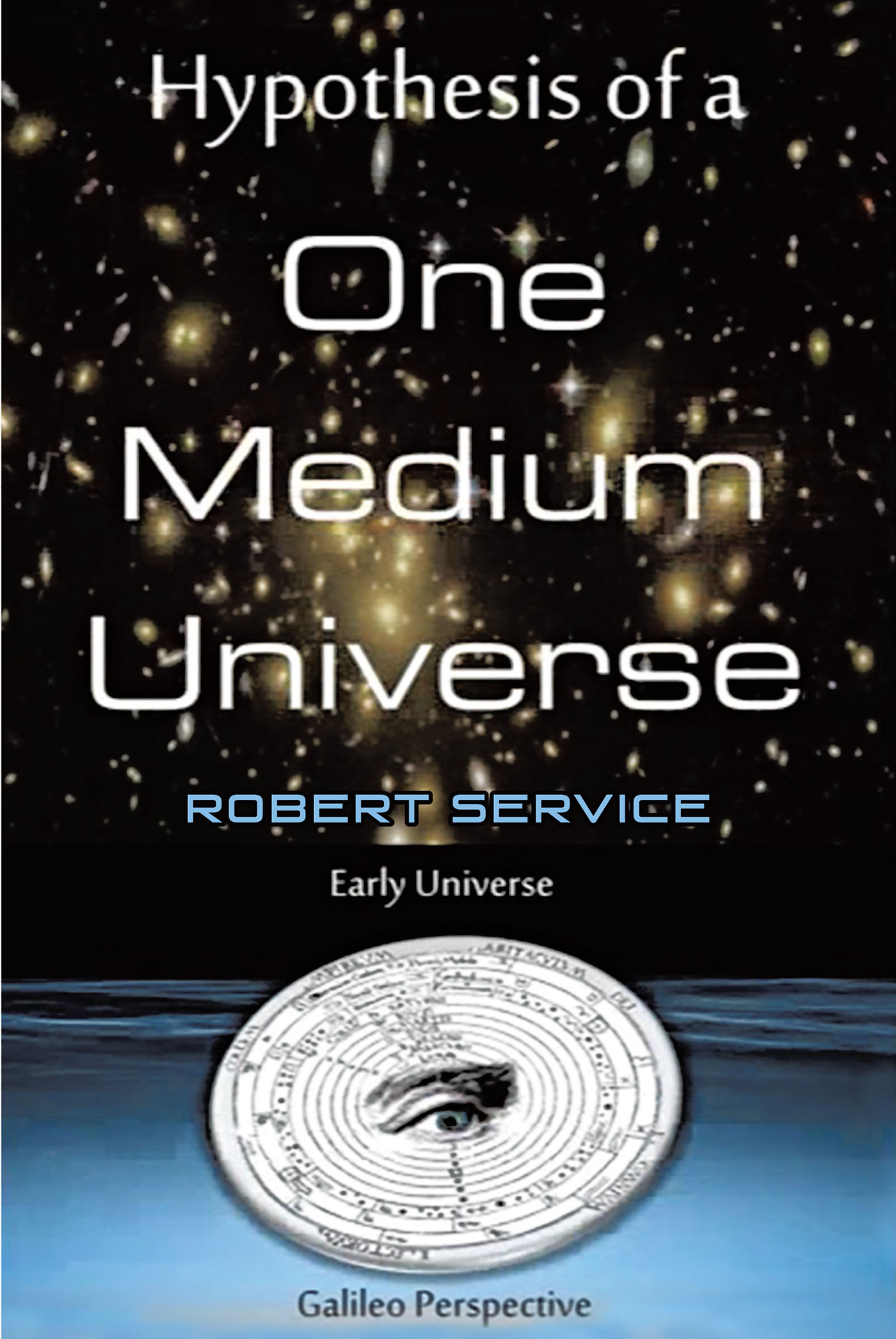
Hypothesis of a One Medium Universe
It has now been a little over a century since the publication of Albert Einstein's special theory of relativity. In the development of his theory, Einstein didn't consider aether (also spelled "ether") as a medium to exist. Space in the universe was empty space. As the theoretical physicist who supported his theory versus those who didn't grew, this caused a virtual taboo against all consideration of aether as a medium in space. Aether has an extremely negative connotation to theoretical physicists because of its past association with opposition to relativity. Even though Einstein himself had made comments supporting aether as a medium in 1920, after his development of the general theory of relativity in 1915, the taboo stuck.More recently with the development of large particle accelerators, experiments have shown that space is filled with stuff rather than ideal Newtonian emptiness. And now more and more commentary about aether has started to come about. Therefore, this seemed to be an appropriate time to offer a somewhat different approach by postulating a hypothesis rather than proposing a complete theory. And thus, we begin.
Consider similarities between an earthly medium transmitting energy such as sound and a universal medium transmitting energy such as light. Imagine yourself in a tornado-chasing vehicle. Suddenly you come across a tornado. What you see is a vortex cloud, of the medium itself air, coming from the clouds above going down to the ground. If this happens on earth, then this provides the basis for developing the hypothesis of a one-medium universe.
A rather crude method of relating the earthly medium to the universal medium (designated omni) can be derived to roughly estimate particle size of the universal medium. It is the movement of omni that causes universal energies such as light and gravity.
At the beginning of the universe, omni are the only particles in the universe. This is followed by clouds of omni designated (onmia). At the end of the universe that is (Onmorium), there is nothing but omni – omni, onmia, Onmorium.
Since there is nothing smaller than the omni. For the movement of omni to cause universal energies, the omni themselves must have mass or equivalent energy mass. The omni is the smallest particle in the universe and is not made up of other particles. Therefore, a collision between two omni is totally elastic, and there is conservation of momentum and kinetic energy.
There is no attractive or repulsive force between omni. Omni are traveling in random directions and speed. Because there is nothing stable enough to measure against, there is no space and no time.
Clouds of omni eventually form stable shapes such as a sphere and a vortex. The sphere starts with a center that has an amount of omni at a low density, and the spherical edge that has a high density of omni. It grows until the omni density in the adjacent atmosphere balances the omni density of the sphere. This provides a stable shape and thus a measuring device for space and time.
Another stable shape is a photon with the shape of a circular ellipsoid. The photon's function is to carry light energy. When a photon hits impenetrable objects, then the stable photon shape is destroyed, and the cloud of omni bursts out, carrying the elemental frequency of the electron that spawned them. This is the transmission of light energy.
As we investigate other shapes and their characteristics, we discover two types of gravity, dark matter, and many other mysteries, continuing our journey through a one-medium universe.
-- Robert Service




